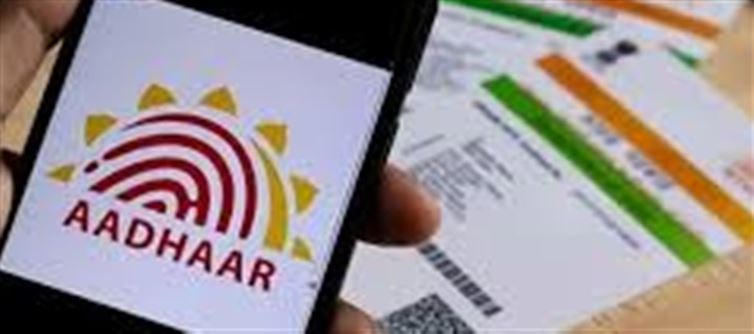
In a significant move to make Aadhaar more accessible, the Unique Identification Authority of india (UIDAI) has announced that the Mandatory biometric Update (MBU-1) for children aged 5 to 17 years will now be free of cost. This decision is expected to benefit around 6 crore children across india, a major step towards ensuring that the next generation is included in the national identification system.
1. What is the Mandatory biometric Update (MBU-1)?
Aadhaar, India’s unique identification system, requires individuals to update their biometric details periodically. For children, this update is especially important as their fingerprints and iris scans change as they grow. Previously, children between the ages of 5 and 15 were required to undergo biometric updates every 5 years.
This update is critical because it ensures the Aadhaar system remains accurate and reliable, which is crucial for accessing various government services, subsidies, and benefits.
2. What’s New?
The government has waived the charges for the Mandatory biometric Update for children aged 5 to 17 years, ensuring that families don’t have to pay any fees for this essential process.
This move is expected to benefit around 6 crore children in india who were previously required to update their biometric data to keep their Aadhaar details current. The waiver of fees makes it more affordable and accessible for families across India.
3. Why is This Important?
· Inclusion: Ensuring children have up-to-date Aadhaar details means they can access critical government services such as education, healthcare, scholarships, and nutrition schemes without delay.
· Efficiency: An accurate, up-to-date Aadhaar database helps improve the delivery of government benefits, ensuring that only eligible children receive the benefits.
· Reduced Burden on Families: Previously, parents had to pay for biometric updates, which could be a financial burden for some families. By waiving the fees, the government has removed this barrier, making it easier for all children to stay registered in the system.
4. Benefits of Updating Aadhaar biometric Data
For children, regular biometric updates ensure that their Aadhaar number remains linked to their identity throughout their life. Here are some key benefits:
· Access to government Schemes: Updated Aadhaar ensures uninterrupted access to mid-day meals, education subsidies, and other welfare programs.
· Health Services: Aadhaar is increasingly being used to register for government health schemes and ensure healthcare services are delivered to eligible beneficiaries.
· Proof of Identity: As children grow, their biometric data helps to accurately identify them, preventing issues related to fraud or identity theft.
5. The Process of Updating Aadhaar biometric Data
To update their Aadhaar biometrics, children aged 5 to 17 can visit any Aadhaar Enrolment Center. The process typically involves:
1. Capturing fingerprints and iris scans (which will change as the child grows).
2. Updating photograph if necessary.
3. Verification of personal details (such as name, address, etc.).
Parents or guardians will be required to provide consent, and the child’s Aadhaar number will be updated with their new biometric data.
6. Why Was This Step Taken?
The waiver of fees reflects the government’s commitment to improving digital inclusion and social equity. It is also a recognition of the fact that many families, especially in rural and economically disadvantaged areas, may not be able to afford the fee for biometric updates. By removing this financial barrier, the government ensures that all children, regardless of their socio-economic status, can continue to access the benefits that come with having an updated Aadhaar.
7. What’s Next?
The UIDAI’s move is part of a broader push to make the Aadhaar system more accessible and efficient. The government has also been working on several other initiatives, such as:
· Linking Aadhaar to various government services for better delivery of benefits.
· Improving the security and privacy of Aadhaar data.
· Expanding biometric data collection for those who may not have registered yet.
Conclusion: A Step Toward Greater Equity and Inclusion
The waiver of biometric update charges for children aged 5 to 17 years is a forward-thinking initiative by the UIDAI, ensuring that all children have the opportunity to stay registered in the Aadhaar system without financial constraints. This move is not only a relief for families but also a step toward ensuring that every child in india can access essential services and benefits seamlessly.
With this initiative, the government has made significant strides in digital inclusivity, giving every child a better chance to thrive in an increasingly connected and data-driven world.
Disclaimer:
The views and opinions expressed in this article are those of the author and do not necessarily reflect the official policy or position of any agency, organization, employer, or company. All information provided is for general informational purposes only. While every effort has been made to ensure accuracy, we make no representations or warranties of any kind, express or implied, about the completeness, reliability, or suitability of the information contained herein. Readers are advised to verify facts and seek professional advice where necessary. Any reliance placed on such information is strictly at the reader’s own risk.
.jpg)




 click and follow Indiaherald WhatsApp channel
click and follow Indiaherald WhatsApp channel